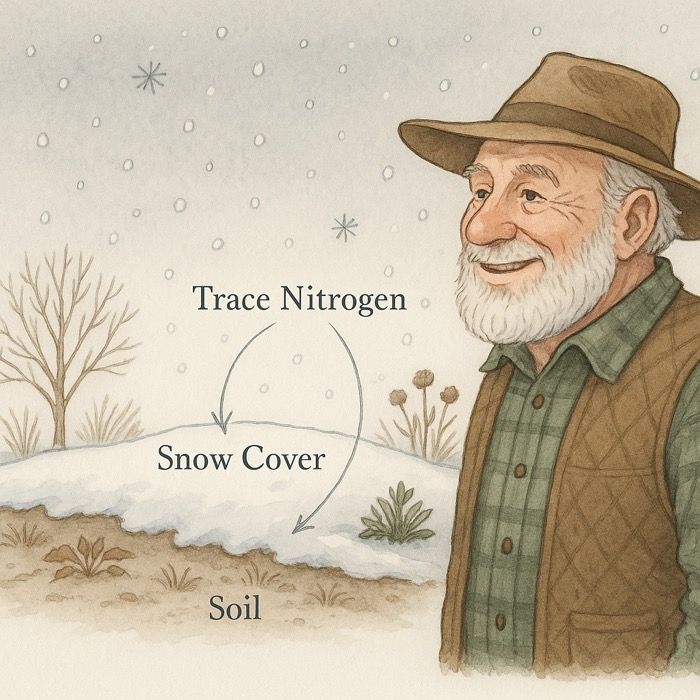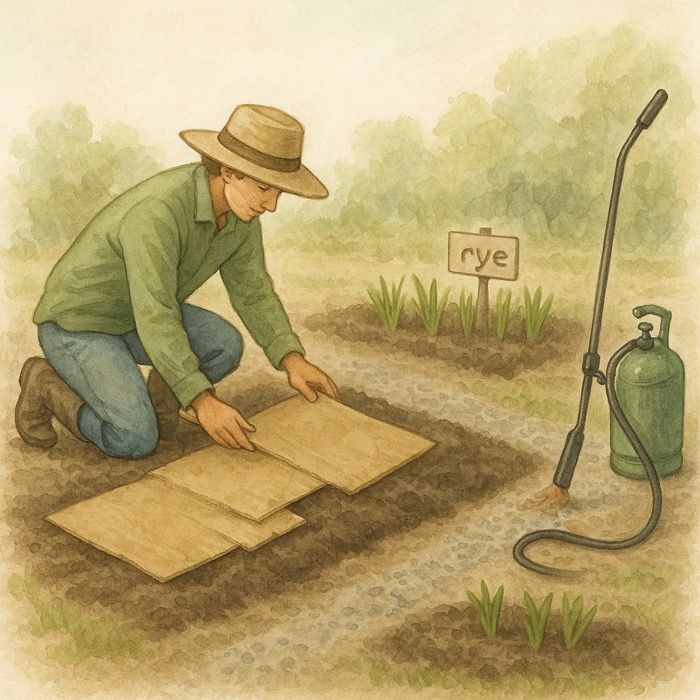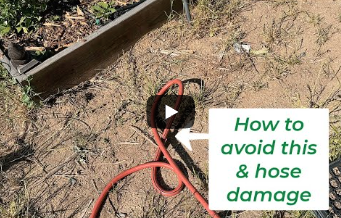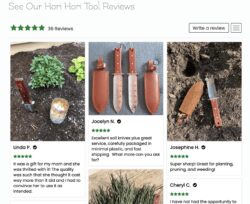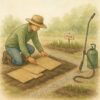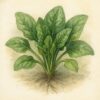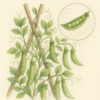Mastering the Art of Leaf Pruning for Healthier Vegetable Gardens
“Leaf Stripping” to promote vegetable plant growth and health
If you’re a gardener, you’re familiar with the concept of pruning. While many of us associate pruning with shaping ornamental plants, shrubs, and trees, it’s also a crucial practice in vegetable gardens. More specifically, we’re talking about ‘leaf stripping,’ a technique where leaves, usually from the bottom of the plant, are removed. This simple yet strategic move can significantly enhance the health and productivity of your veggie garden. Let’s delve into why this is a game-changer for your leafy greens.
The Basics of Leaf Stripping
Leaf stripping, or as some gardeners call it, defoliation or pruning, involves removing leaves from the lower part of the plant. This process is quite common with vegetable plants, most notably tomato plants, cucumbers, peppers, and eggplants.
Why You Should Be Stripping Leaves
Here’s how leaf stripping can give your vegetable plants a healthy boost:
- Promotes Air Circulation: Improved air circulation is one of the top benefits of leaf stripping. By removing lower leaves, air can flow more freely around the base of your plants. This helps prevent fungal diseases like blight and powdery mildew, which thrive in areas with damp and stagnant air conditions.
- Increases Sunlight Penetration: When you remove the lower leaves, sunlight can reach smaller plants more effectively, aiding in photosynthesis, which can potentially increase your yield/growth in seedlings.
- Boosts Energy Efficiency: Getting rid of older, less productive leaves allows the plant to channel more of its energy into growing fruits and new leaves.
- Helps Prevent Disease: The lower leaves are often the first to show signs of disease or pest infestations because they’re closer to the soil. By removing these leaves, you can help halt the spread of diseases and pests to the rest of the plant.
- Aids in Easier Harvesting: Stripping leaves can help you see and harvest ripe fruits much more easily, especially in plants like tomatoes and cucumbers.
How to Strip Leaves Properly
To strip leaves, use a sharp, clean pair of gardening shears or scissors to prevent causing damage to the plant or spreading diseases. Cut the leaf stem as close to the main stem as possible, being careful not to harm the main stem. (our garden snips for vegetable plant stripping are great for this task)
Start with the leaves that are touching the ground, as these are most likely to develop fungal diseases. Then, move upwards, removing any leaves that are yellowing, show signs of disease, or are obstructing airflow or sunlight.
However, it’s important to remember that moderation is key when it comes to leaf stripping. Leaves are crucial for photosynthesis, and removing too many could stress the plant and reduce productivity. A good rule of thumb is to never remove more than one-third of a plant’s leaves at a time.
Best Time for Leaf Stripping
The optimal time to strip leaves is in the morning, when plants are least likely to experience water stress. Plus, the dry conditions in the morning also minimize the chances of spreading diseases.
In conclusion, leaf stripping is a powerful and cost-free strategy that can significantly boost the health and yield of your vegetable plants. By understanding and using this technique wisely, you’ll enjoy a more bountiful, disease-free harvest from your garden. Start implementing this leaf-pruning tactic today and reap the rewards of healthier vegetable plants!
More From Our Master Gardener
Recent Posts

❄️ Snow as Fertilizer – The Truth About “Poor Man’s Nitrogen”

5 Unexpected Winter Weed Control Strategies (That Don’t Involve Mulch)

Harnessing Winter Sun – Passive Solar Tricks for Your Garden

How to Grow Spinach – The Ultimate Beginner’s Guide for Tender, Nutritious Leaves

How to Grow Peas: The Ultimate Beginner’s Guide for Sweet, Crisp Harvests


